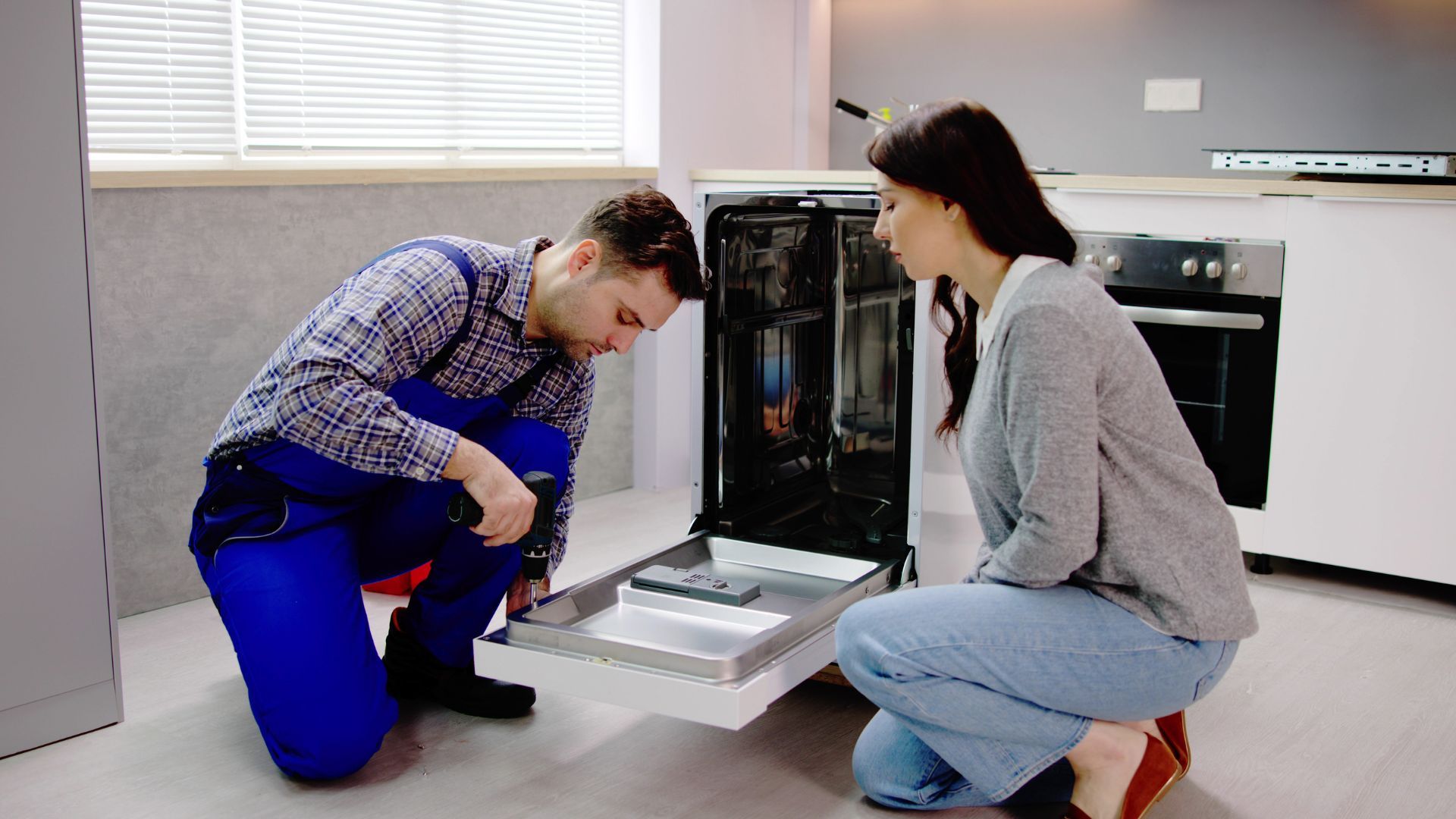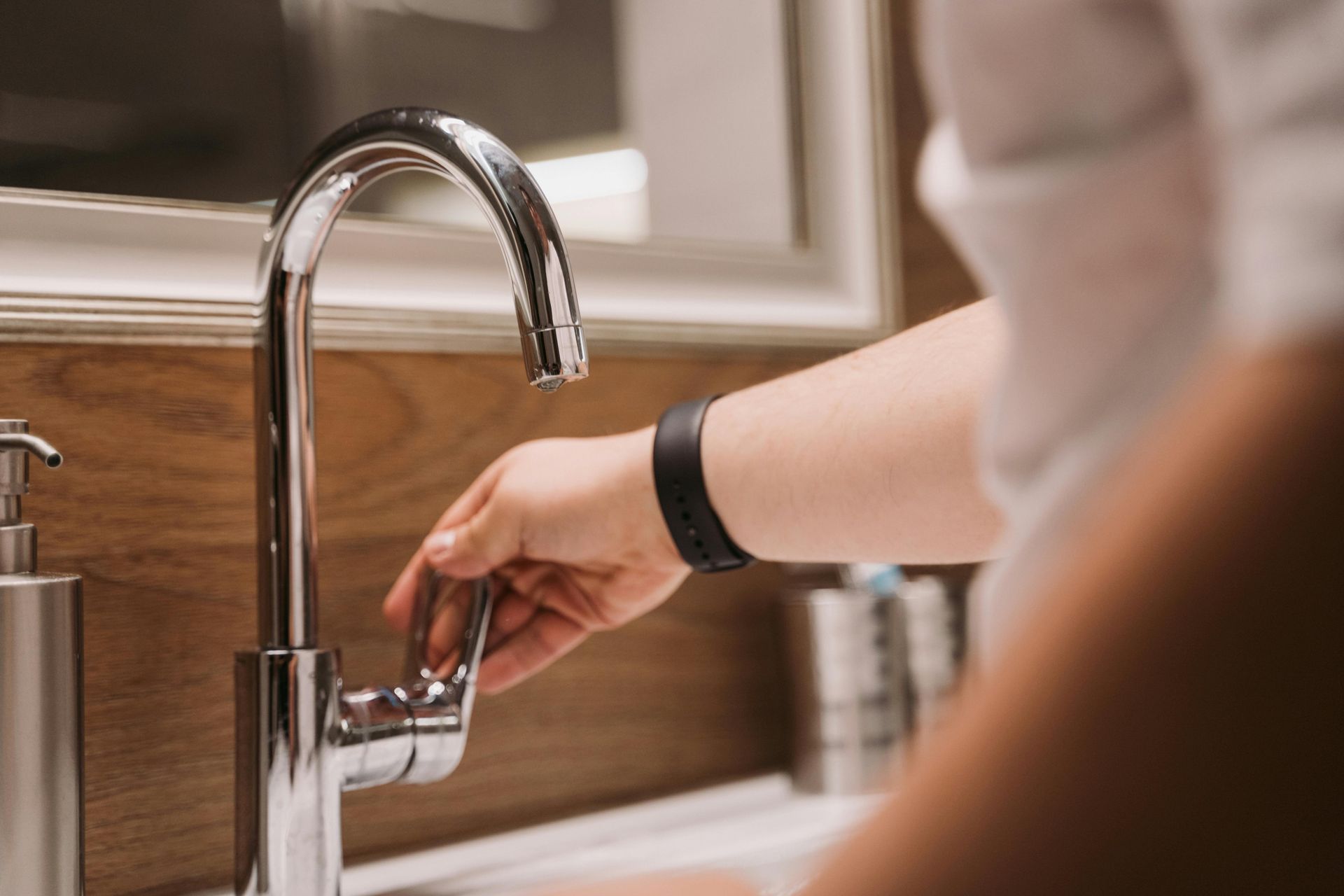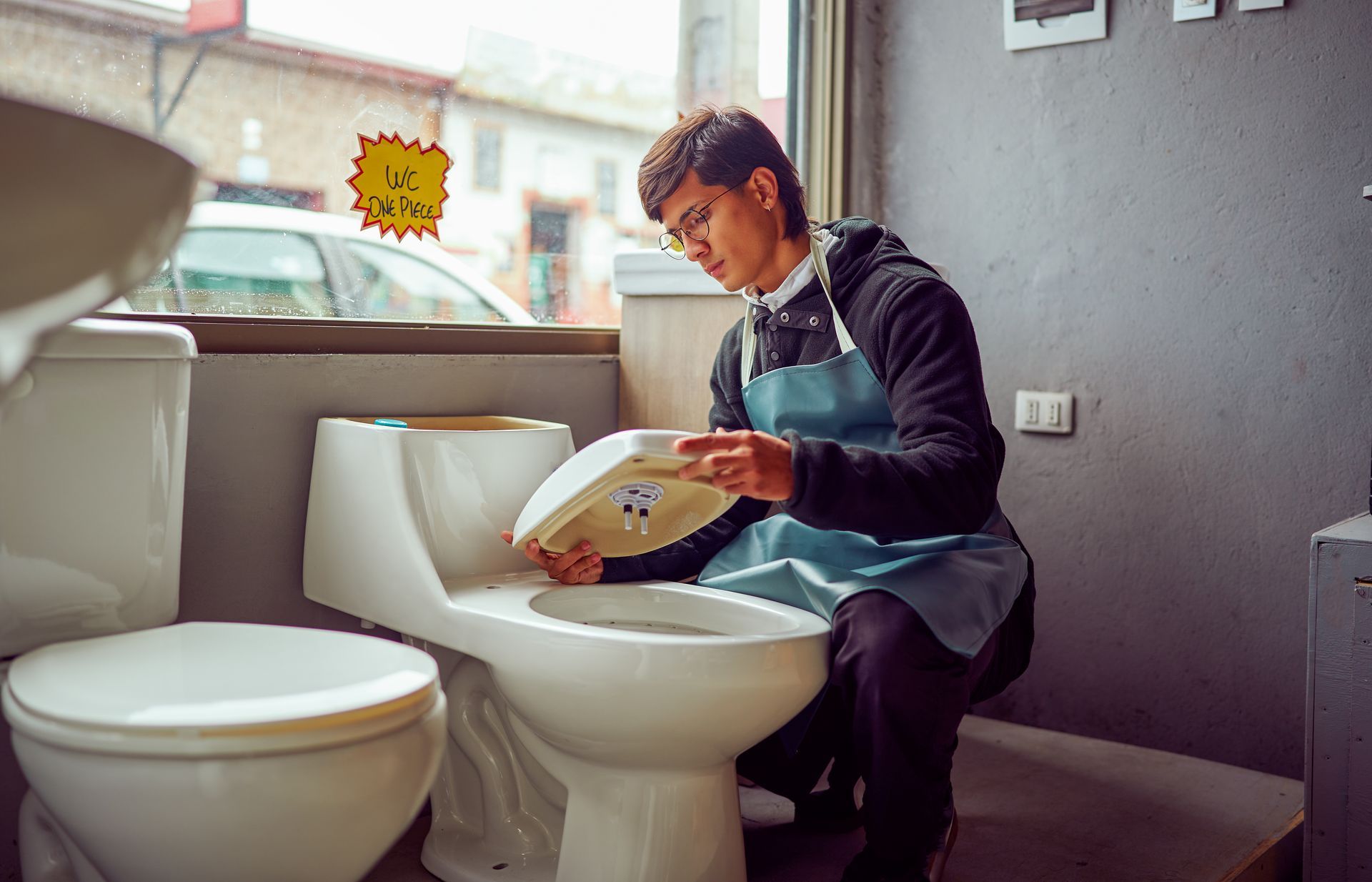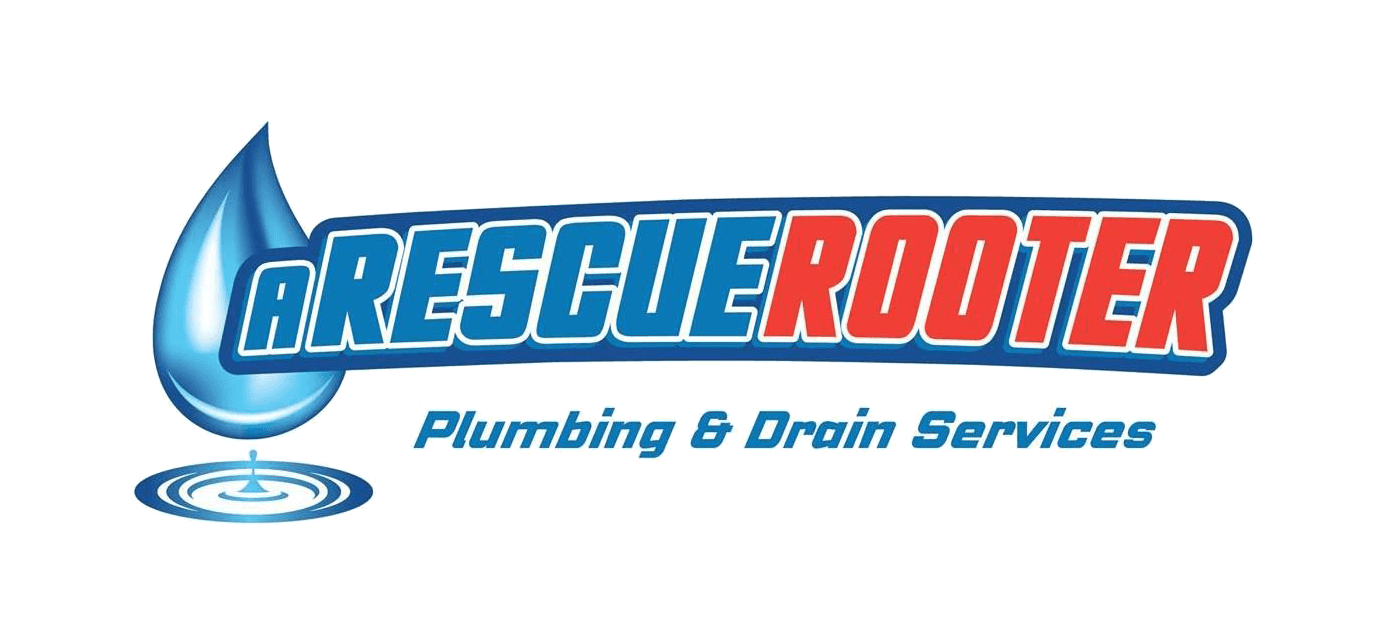10 Easy Ways to Conserve Water in Your Home
Start Conserving Water From Home for Better Tomorrow
Water is a precious resource that we should learn to use responsibly. By doing so, we can minimize our impact on the environment, preserve water for future generations, and save money on our utility bills. Conserving water doesn't require any drastic lifestyle changes, but rather some simple tweaks in our daily habits. In this post, we'll take a look at 10 easy ways to conserve water in your home, so you can do your part in protecting the planet.
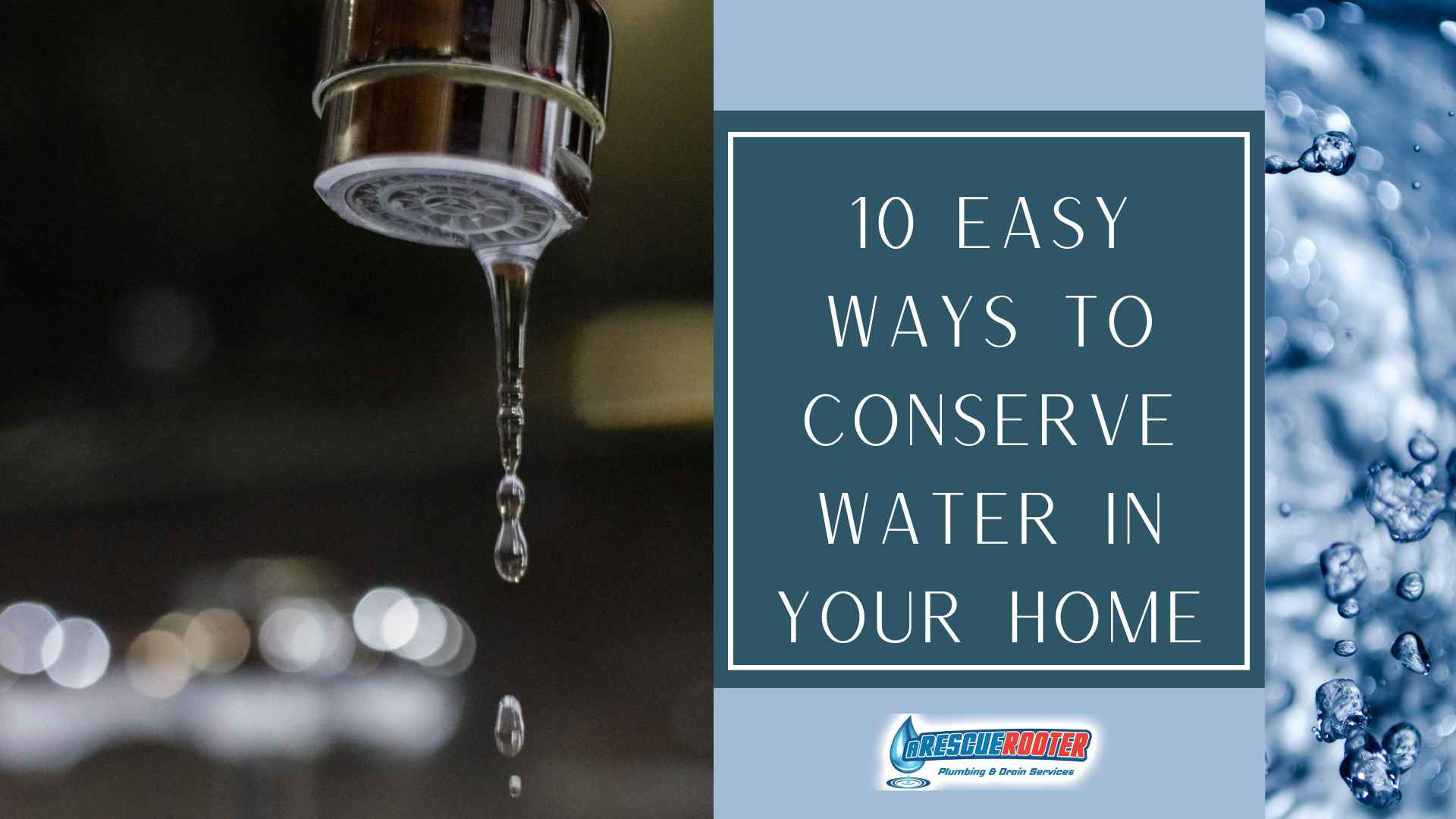
1. Fix Leaks Early
A little drip may not seem like much, but it adds up over time. A leaky faucet can waste up to 20 gallons of water a day, which can add to your utility bill. To avoid this, repair leaks promptly and make sure your plumbing is in good condition. Check under sinks and around toilets for signs of leaks regularly.
2. Shorten Shower Time
Showering accounts for about 17% of indoor water usage. To conserve water, limit your showers to five minutes or less. You can use a timer or a song as a cue to finish up. Also, consider installing a low-flow showerhead that reduces water usage without sacrificing pressure or comfort.
3. Collect Rainwater
Rainwater harvesting is a great way to conserve water for outdoor use. Collect the rainwater that falls on your roof using barrels or cisterns and use it for watering your plants and garden. This way, you can reduce your reliance on municipal water and also save money on your water bill.
4. Use Dishwasher and Washer Efficiently
Running full loads in your dishwasher and washer can save a lot of water, compared to running partial loads. Don’t pre-rinse dishes, use energy-efficient appliances, and avoid using hot water cycles unnecessarily.
5. Turn Off the Tap to Converse Water
Turn off the tap while brushing your teeth or shaving, and only turn it back on when you need it. This can save up to 3 gallons of water per day, per person. You can also rinse your razor in a cup of water instead of running it under the tap.
6. Fix Toilet Leaks
Toilets account for the largest share of indoor water use in most households. So, fixing leaks as soon as possible is a must. A running toilet can waste up to 200 gallons of water per day, which can significantly increase your water bill.
7. Water Your Lawn Efficiently
Watering your lawn in the early morning or late afternoon when the sun is low can reduce evaporation and save water. Also, make sure to water your lawn deeply and infrequently, rather than watering it lightly and frequently.
8. Use Mulch
Mulching your garden beds can reduce evaporation and keep moisture in the soil, saving water. Also, consider planting native plants and drought-resistant species, which require less water to thrive.
9. Reuse Greywater
Greywater is the wastewater collected from showers, sinks, and washing machines, which can still be used for watering your lawn or plants. You can install a greywater system to reuse this water, or simply collect it with a bucket and use it.
10. opt for Low-Flow Toilets
Replacing old, high-flow toilets with low-flow toilets can save up to 13,000 gallons of water per year, per toilet. Low-flow toilets use less water per flush without sacrificing performance, so they’re a smart investment in the long run.
Conserving water is essential for the sustainability of our planet. By making small changes in our daily habits, we can all contribute to reducing the water footprint. Whether it's fixing leaks, taking shorter showers, or using low-flow appliances, every effort counts. We hope these ten tips will inspire you to conserve water in your home and become more mindful of your water usage. Let's all work together to protect our planet and its precious resources. If you are having issues with your plumbing system, the team at A Rescue Rooter is a phone call away and will never charge you a premium. Call your plumbing professionals at 905-521-8284!
